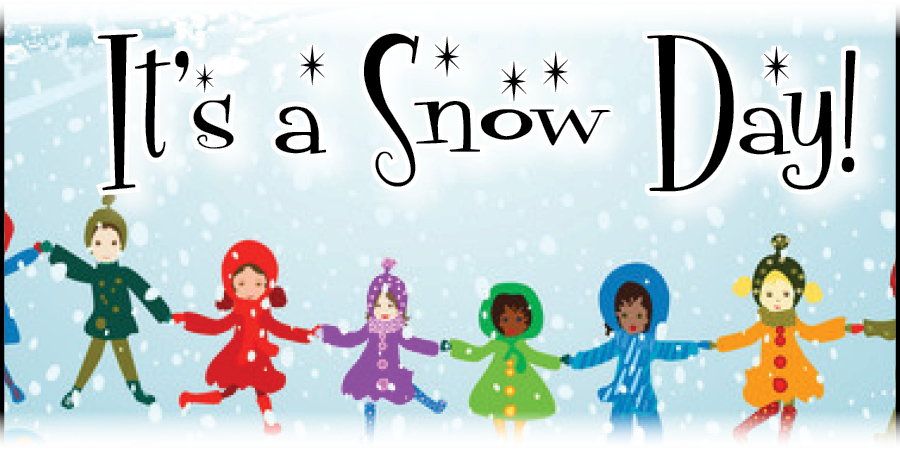
How many 6 am calls have you gotten from school so far? You know, the one that throws off your entire day if you are a working parent? The one that leaves you either frantically rescheduling your appointments for the day or calling every babysitter on your list?
Yes, I am talking about a SNOW DAY.
Now remember back to when you were a child? Snow days were the best! No school, weather was looking great for some sledding, and mom wasn’t rushing you out the door.
As parents, it’s hard to juggle when life throws curve balls. And if you have a child that struggles with transitions or relies on the structure of a school day to stay regulated, the worry and stress of a sudden change in plan intensifies.
Don’t panic. Children pick up on worry and stress, then magnify it while adding their own on top. This is a Snow Day DISASTER rather than an opportunity for a universe-imposed FUN DAY.
If you have some daily indoor movement activities in place that your child is used to, then you already have one thing to put on the schedule. Have you collected other sensory activities, games, cooking projects, science projects, etc. in your search for sensory supportive activities?
Now is the time to pull them out!
My advice?
Step 1: Take care of your own stress first
Once you are resigned to the snow day and have made the phone calls, take 5 deep breaths. Reach over your head as you breathe in and slowly bring your arms down as you breathe out.
Step 2: Make a Snow Day schedule (or do this in advance so you are ready for action!)
This could include starting the morning with an indoor obstacle course, building in mealtimes, adding a cooking project or science project from one of our Messy play Pinterest board, making some time for a fun movement-based learning game, and planning some sledding or snowman-making time with friends…
After all that, THEN plan your child’s screen time allowance for the day.
Hint: If you are working from home, I suggest alternating activities your child can do alone with ones that require supervision so you are getting in your own movement breaks and still feeling productive. If you have a babysitter you count on, having a plan is even more critical.
Step 3: Review with your child
Draw pictures, make a list, print the pinterest pictures – whatever it takes! Remember that your child relies on the schedule that the teacher reviews everyday in class and may even have specific visual schedule strategies in place at school along with sensory breaks.
So if you are calm and plan ahead, you can make your child’s snow days positive family memories full of sensory-rich experiences that support self-regulation and help build important brain-body connections for learning. Then everyone will look forward to the next snow day – including you!
Written by: Aubrey Schmalle, OTR/L
Aubrey is a working mom, occupational therapist, and creator of the Body Activated Learning approach to support attention and engagement in children growing up in a digital generation.








